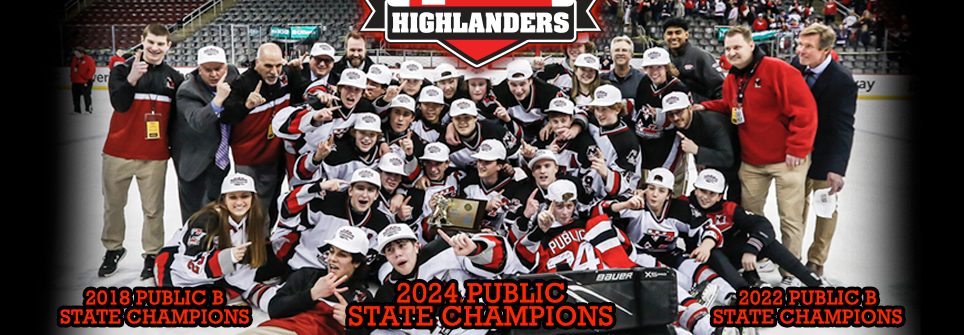NEW TO HOCKEY?
Getting your kids into youth hockey can be an exciting journey. Here's a summary to help parents understand the structure of the sport and other important aspects:
1. Age Groups and Levels: Youth hockey is typically organized into age groups, allowing kids to play with peers of similar ages. Levels range from beginner to advanced, accommodating various skill levels.
8U Division (Mites): Players under 8 years old
10U Division (Squirts): Players under 10 years old
12U Division (Peewees): Players under 12 years old
14U Division (Bantams): Players under 14 years old
16U Division: Players under 16 years old
18U Division: Players under 18 years old
2. Where to start playing: Skating is the first step in playing ice hockey. Learn to Skate clinics are offered through our program and at other local rinks. Once they have completed a Learn to Skate program and have a mastery of gliding, beginner hockey clinics would be the next step (usually ages 4-10) where kids get a sense of the game, rules, positions and having fun on the ice. These are usually offered through the local rinks. Following these clinics there is house league (we offer ours in the spring). This type of club is typically no try outs, just team play in organized games with no practices. Kids of all different skill levels usually participate and there is a less competitive feel. From there if you child is looking for more skill training, a higher level of commitment, more ice time and a more cohesive team experience there are many travel teams in the area (Saints, Avalanche, Rockets, Bandits etc) that offer a try out based team at different skill levels B being the least competitive and AAA being the most competitive).
3. Equipment: Ensure your child has the necessary equipment, including skates, a helmet, shoulder pads, elbow pads, gloves, shin guards, and a stick. Properly fitted gear is crucial for safety and comfort.
4. Rules and Basics: Familiarize yourself with basic hockey rules, positions, and gameplay. Understand concepts like icing, offside, penalties, and how the game is structured in periods.
5. Team Dynamics: Emphasize the importance of teamwork. Hockey is a team sport, and players need to work together both on and off the ice. Encourage good sportsmanship and respect for coaches, teammates, and opponents.
6. Skill Development: Focus on skill development. Practice skating, passing, shooting, and puck control regularly. Encourage your child to attend skill clinics or extra practices to enhance their abilities.
7. Supportive Environment: Create a supportive environment for your child. Attend games, cheer them on, and provide positive reinforcement. Be involved in their hockey experience and communicate with coaches about their progress.
8. Safety Measures: Prioritize safety by ensuring your child wears all protective gear and understands the importance of following safety guidelines. Teach them to respect the rules of the game to avoid unnecessary injuries.
9. League Participation: Explore local youth hockey leagues and organizations. Understand registration processes, schedules, and any volunteer requirements. Get involved in the hockey community to foster a sense of camaraderie.
10. Fun and Enjoyment: Above all, emphasize the fun and enjoyment of the sport. Encourage your child to have a positive attitude, make friends, and appreciate the learning experience that comes with playing youth hockey.
11. Continuous Communication: Maintain open communication with your child about their feelings and experiences in hockey. Address any concerns they may have and celebrate their achievements, both big and small.
Remember, youth hockey is not just about developing athletic skills but also about building character and lifelong memories. Enjoy the journey alongside your child as they embark on this exciting and rewarding adventure in the world of hockey.
